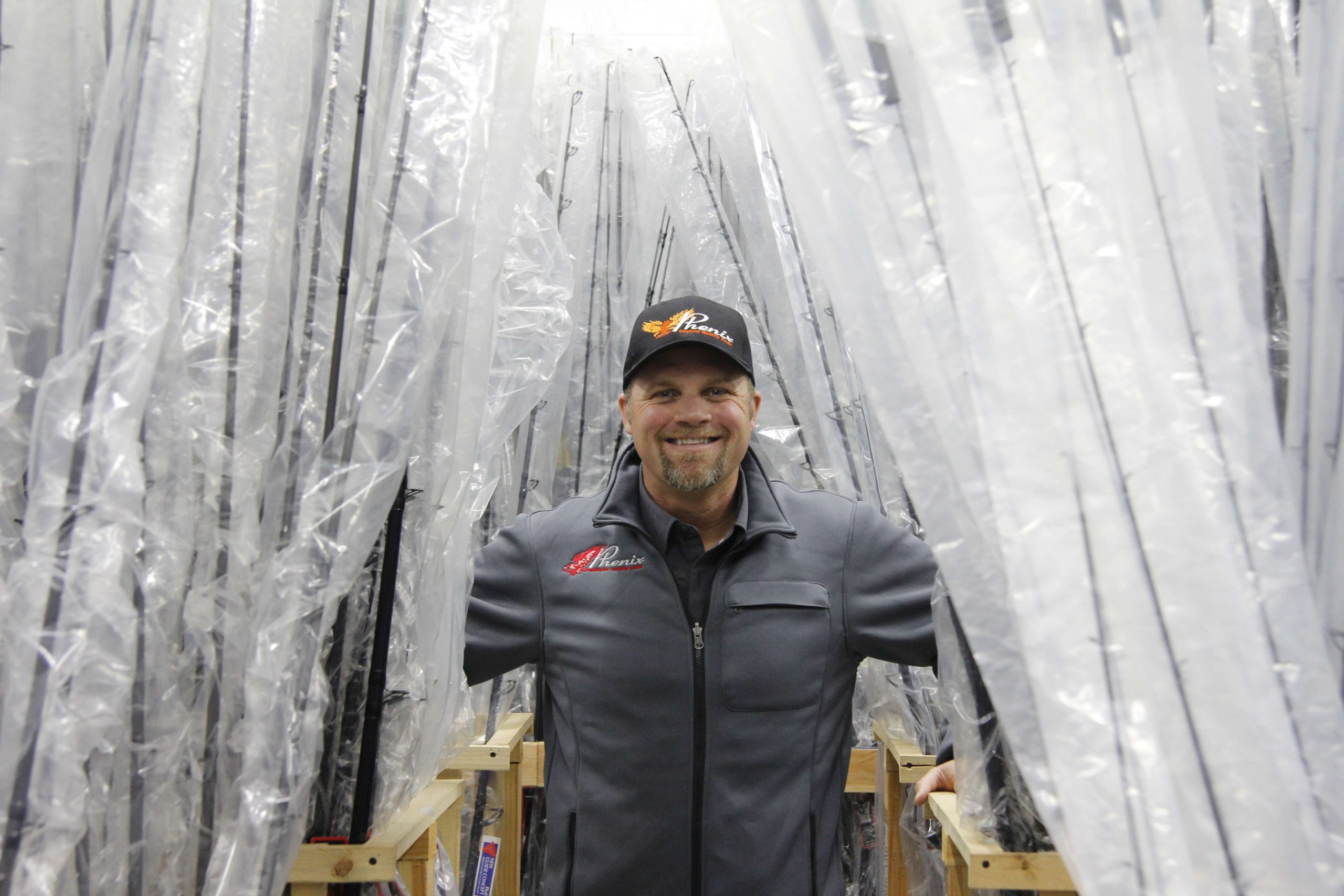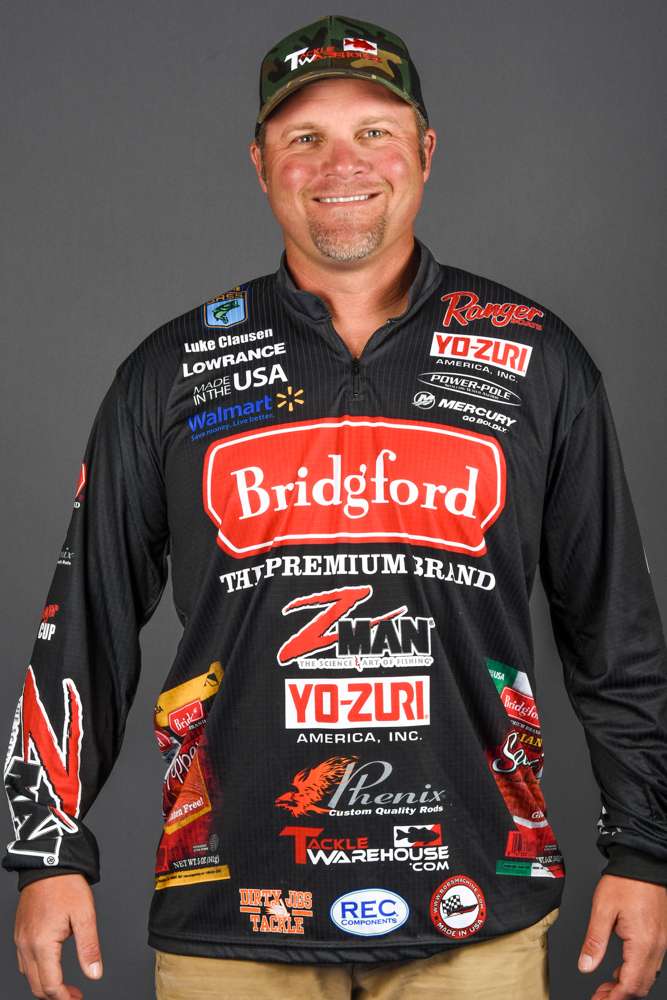
Editor’s note: Luke Clausen is out for the 2018 season, taking a medical hardship. This is due to experiencing a nasty fall. But he’s still thinking about fishing, as you’ll see in the story below. The photo was taken prior to his accident.
This is a question I get nearly every day on my social media accounts. I’m happy to give feedback on which rod I use for different techniques, but many times picking the right rod comes down to personal preference.
There are many great rods on the market and each person may have different needs and fishing styles. In this blog, I’ll break down what I look for in a rod for crankbaits, ChatterBaits and drop shot since these three seem to be what I get asked about most.
Rod quality has come a long way
I think it makes sense to start by talking about rods available to today’s anglers. The quality of rods has come a long way since I started my career. I use Phenix rods and their entry-level rod starts under $100, and they are far better than the high-end rods I was using in the early 2000s. This is true with many different brands, and I have realized that bass anglers today are pretty lucky.
Crankbait rod
Selecting the right crankbait rod is something that is almost impossible to do without knowing what type of crankbait you will be fishing. Crankbaits are a big part of my fishing, and I will use everything from shallow divers to magnum deep divers. No one rod can do it all, but if I had to pick just one rod it would be a 7-foot medium heavy with a lure rating around 14 ounce to 1 ounce. This covers many situations we use with cranking.
Another thing to consider is if you prefer graphite, glass or a composite. This is dependent on personal preference. Glass rods have also come a long way, and they are much lighter than they were in years past. But for me, I still prefer a composite as it gives the forgiving tip of a glass rod but still feels responsive in my hands.
ChatterBait rod
I throw a ChatterBait everywhere I go and have tried every type of rod you can imagine. I know some other pros prefer that glass or composite rod, but I like to use a limber graphite rod. The one I use is 7-foot, 4-inch to give me plenty of casting distance and better hooksets. It is rated as a heavy, but the particular Phenix Recon Elite 744 has just the right flex and give.
The graphite allows me to feel every vibration of the blade, and I can tell if I am in the grass and what that bait is doing at all times. Sometimes you will just notice that the blade vibration seems a little different and that usually what happens when one grabs it and is swimming towards me.
Drop-shot rod
Like crankbait rods, picking the perfect drop-shot rod has a lot to do with your preference. I tend to use a little heavier rod than some and prefer a medium or even medium heavy spinning rod. I know quite a few guys that like the medium light rods, but for me, I like to have a little more backbone to drive the hook home.
The other thing to consider is how you are fishing a drop shot. I use different rods for nose-hooking baits than I do for using a Texas-rigged drop-shot. Often when I am fishing the drop-shot Texas-rigged I am fishing around grass, brush or some type of cover. In this situation, I’ll use a heavy-action spinning rod so I can hook a fish and quickly get them away from cover. It may sound like overkill but with the quality and how light and sensitive rods are today, you can usually go a little heavier if you want to.
There are so many great rods on the market and they are build for every situation you might face on the water. The best advice I can give is to fish what feels right for you.

